Imagine a silent ballet in the wild: massive paws pressing softly into the earth, tails flicking, golden eyes scanning the horizon. Big cats—lions, tigers, leopards, jaguars, and more—each move through their world with a quiet confidence. But their true mastery isn’t in their claws or fangs. Instead, it’s in a remarkable, invisible language: scent. This is the story of how the fiercest felines on the planet keep peace, mark their kingdoms, and reveal their wild hearts—all without ever needing to bare their teeth.
The Secret Language of Scents

Big cats communicate with each other through a sophisticated scent system, leaving invisible messages behind. From the outside, these markings seem ordinary, but to another cat, they’re a clear signature—like a handwritten note that says, “This is mine.”
Whiskers and Warnings

When a big cat rubs its face on trees, rocks, or even the ground, it’s performing a silent but powerful ritual. Glands near the whiskers release pheromones—scent markers that say, “I was here,” without making a sound. These invisible messages signal ownership, readiness to mate, or simple presence. It’s their version of a billboard, written in scent, not words.
Paws with a Purpose

Every pawprint is more than a footprint—it’s a message. Big cats have sweat glands between their toes that leave behind faint scent markers with each step. Other cats reading these silent signals can tell who passed by, how recently, even their emotional state. It’s nature’s way of keeping peace, allowing solitary predators to avoid confrontation long before paths cross.
Tail-Tip Messages

A flick of the tail isn’t just a mood signal—it’s part of a complex communication system. Glands at the base release subtle scents, and each swish can help disperse them into the air, marking territory or sending messages to others nearby. Combined with body language—an arched back, an upright stance—these cues let other animals know who’s around, even without a sound. It’s silent diplomacy, written in movement and scent.
Spraying: The Olfactory Billboard
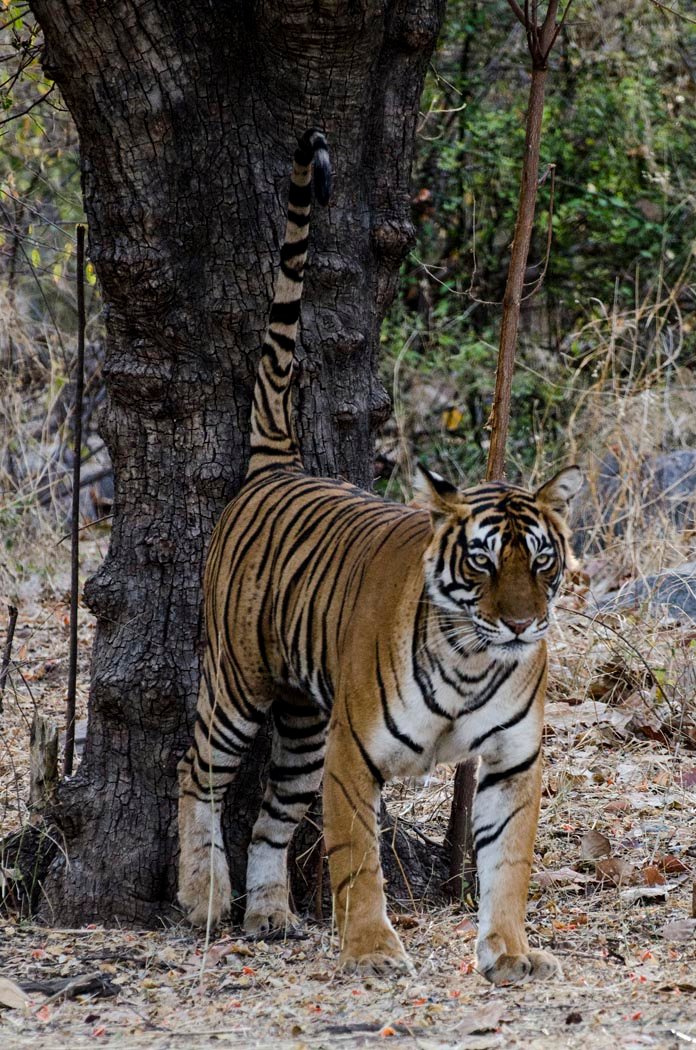
When a tiger sprays urine on a tree, it’s making a bold declaration: “This territory is taken.” The scent carries vital information—gender, health, even fertility—and can linger for days, warning rivals and attracting potential mates. For a solitary predator like the tiger, this potent marker is both a boundary and a biography written in scent.
Cheek Rubs and Family Bonds

Cheek rubbing, or “allorubbing,” is more than a greeting—it’s a scent-blending ritual that builds trust and unity among big cats like leopards and lions. By sharing their personal scent, they create a communal “family perfume” that reinforces group identity. To outsiders, that scent says: this isn’t just one cat—it’s a bonded pride or kinship unit, best approached with caution.
Scratching for Attention
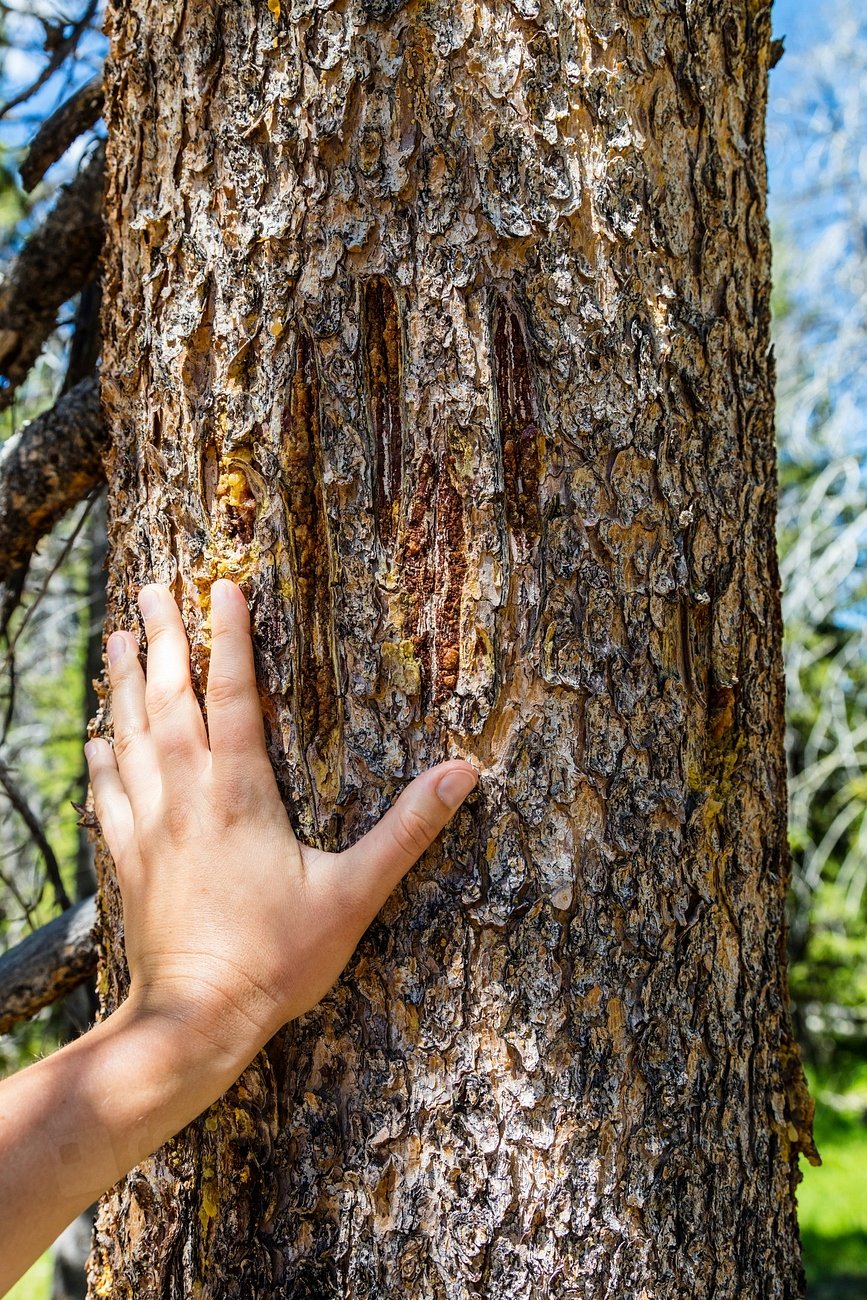
Claw marks carved into tree trunks are bold, visual declarations—but they’re often paired with scent from nearby glands or urine. Together, they deliver a multi-sensory warning: this spot is claimed by a formidable cat. The scratches showcase size and strength, while the scent lingers as a personal signature. It’s a silent, territorial billboard that says, unmistakably, “Enter at your own risk.”
The Flehmen Response: Unlocking the Code

That curious lion “grimace” is actually serious detective work. Known as the Flehmen response, it allows the lion to pull scent molecules into a specialized organ on the roof of its mouth—the Jacobson’s organ. This boosts its ability to detect pheromones, helping it decode everything from another cat’s mood to mating readiness. It’s nature’s version of reading between the (scented) lines.
Invisible Boundaries in Vast Landscapes

Through scent, big cats draw invisible lines that shape entire ecosystems. Each mark—a tree scratch, a spray, a cheek rub—carries crucial information about identity, territory, and intent. These olfactory borders reduce direct conflict, allowing predators to coexist with minimal violence. It’s a quiet, ancient language that keeps the wild in balance.
Mother’s Mark: Guiding Cubs

A mother cat’s scent is her cubs’ first compass in the world. By rubbing her body along paths or bedding, she creates invisible trails that offer both reassurance and direction. To her cubs, these scents mean safety, warmth, and belonging—quiet lessons in survival, written in the language of love and instinct.
Rain and the Refresh Button

Heavy rain doesn’t just cleanse the land—it erases boundaries. When scent marks are washed away, the forest’s invisible map is wiped clean. In the storm’s aftermath, big cats spring into action, patrolling familiar paths and reapplying their scent with urgency. It’s a race to redraw the lines before a rival stakes a claim.
Nighttime Scent Patrols

Under the cloak of night, big cats become silent cartographers, redrawing their territorial lines with scent. The cooler temperatures and still air help these invisible messages linger and travel, announcing their presence without a sound. While the world sleeps, a quiet battle for space and dominance unfolds—written in scent, not roar.
Love Notes in the Wild
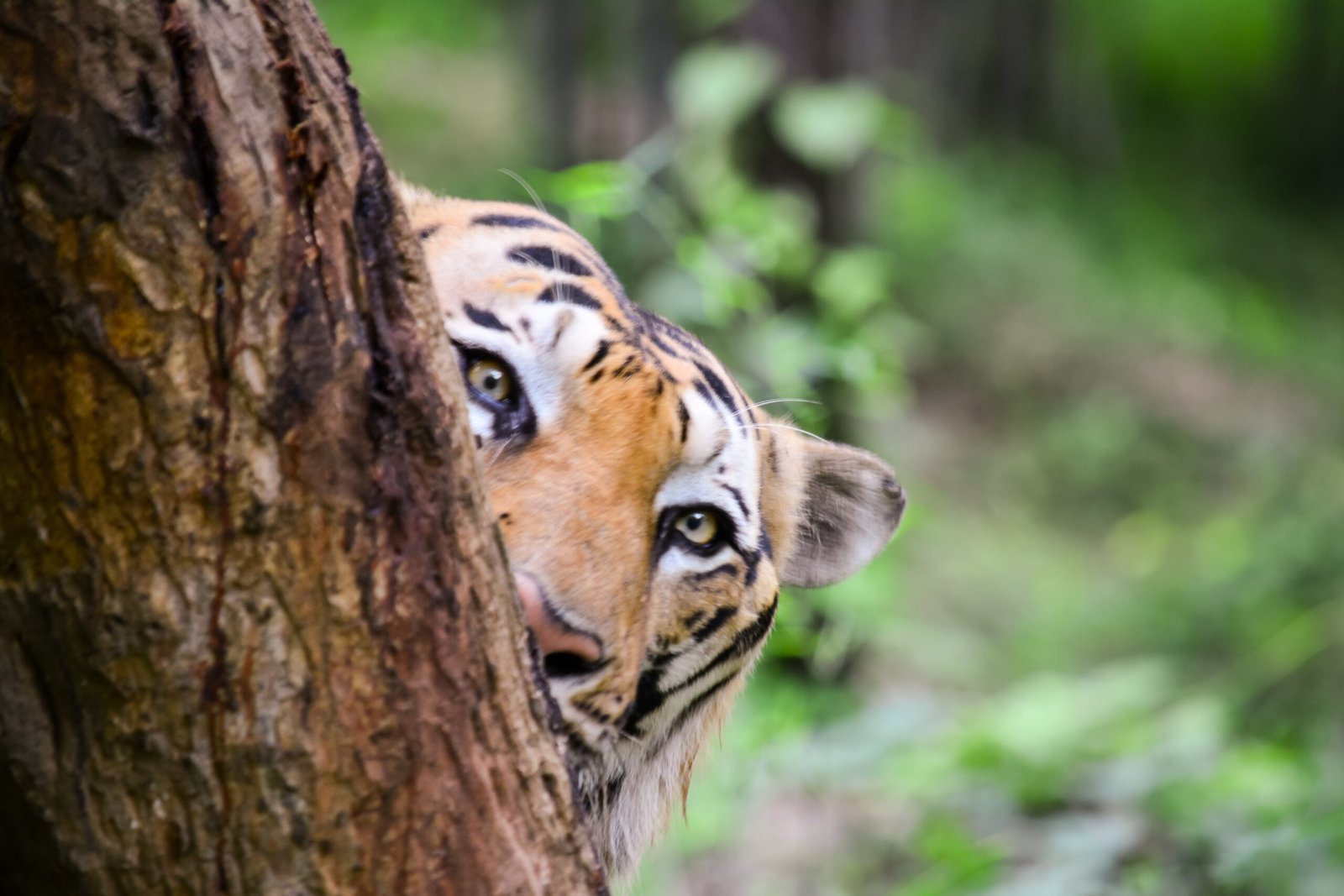
During mating season, scent marks transform into personal ads written in pheromones. Cats intensify their marking—rubbing, spraying, and scratching—to broadcast fertility and availability. These chemical signals can travel astonishing distances, drawing potential mates while also warning off rivals. It’s a silent, high-stakes courtship played out across the wilderness.
Stress and Scent: Emotional Markers
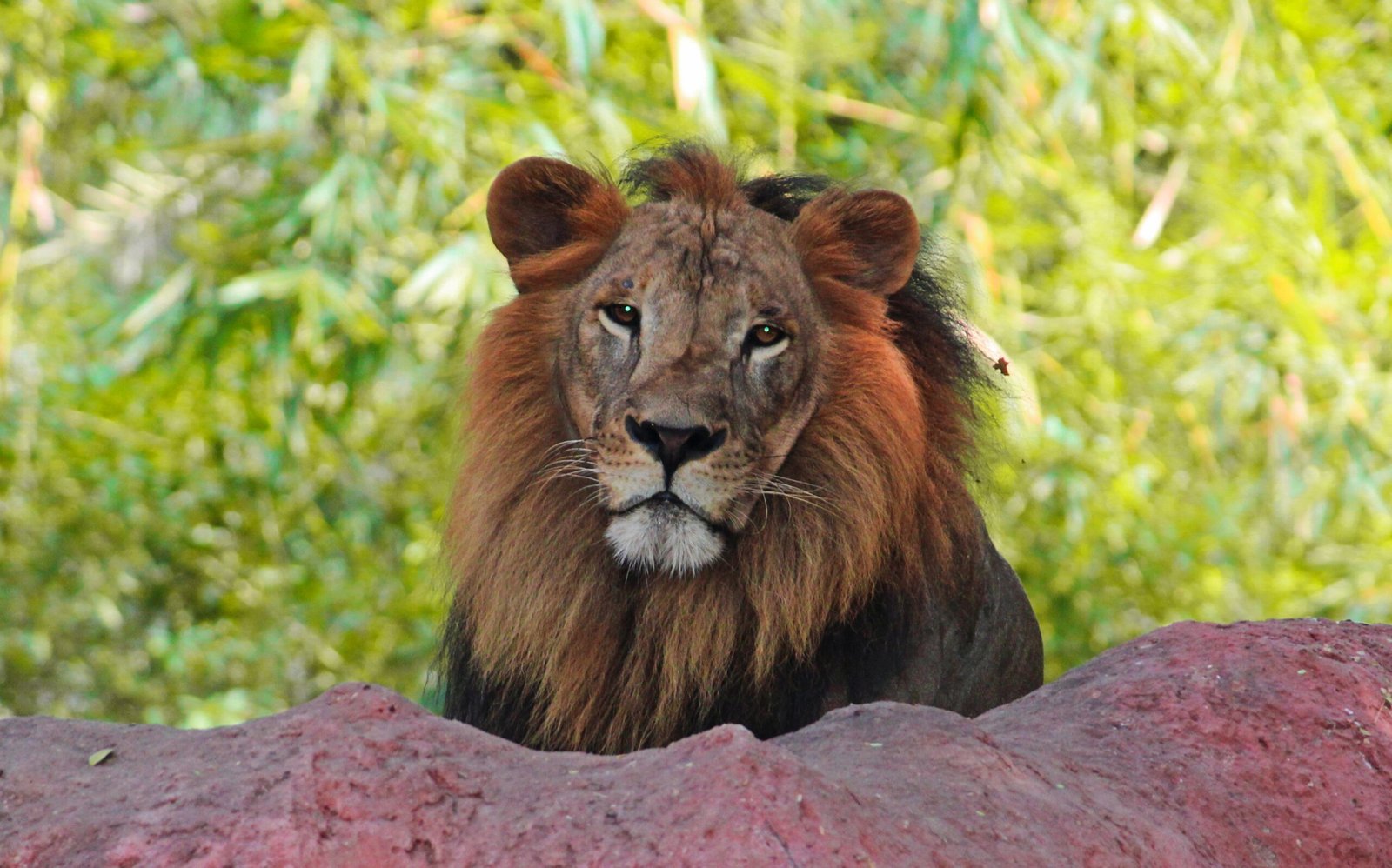
When a cat feels stressed or threatened, it may ramp up its scent marking—leaving stronger, more frequent signals that communicate unease or a need for space. These emotionally charged messages act as both a warning and a coping mechanism, helping to diffuse tension in high-pressure environments. In the dense social web of the wild, scent becomes a tool for managing conflict without confrontation.
Habitat Loss and Scent Confusion

As forests shrink and territories begin to overlap, the once-clear scent boundaries that kept big cats apart start to dissolve. This confusion can spark more territorial clashes, disrupting their natural balance and behavior. Without enough space to roam and mark, these solitary giants are forced into conflict. Protecting their habitats isn’t just about land—it’s about preserving their ancient, silent language of survival.
The Role of Trees and Rocks

Certain trees and rocks serve as communal bulletin boards in the wild, layered with decades—even generations—of scent marks. Each pass adds a new chapter to the ongoing story of who lives, hunts, or mates nearby. These landmarks aren’t just territorial markers; they’re hubs of silent communication that shape the social and spatial structure of big cat communities.
Conservation in Every Whiff

Wildlife researchers decode scent-marking to unlock the secrets of big cat behavior and territory use. By analyzing these silent signals, they can estimate population sizes, track movement patterns, and even detect stress levels. This knowledge guides conservation efforts—helping design smarter wildlife corridors, reduce human conflict, and ensure that these majestic animals have room to thrive.
Tourists and Territory
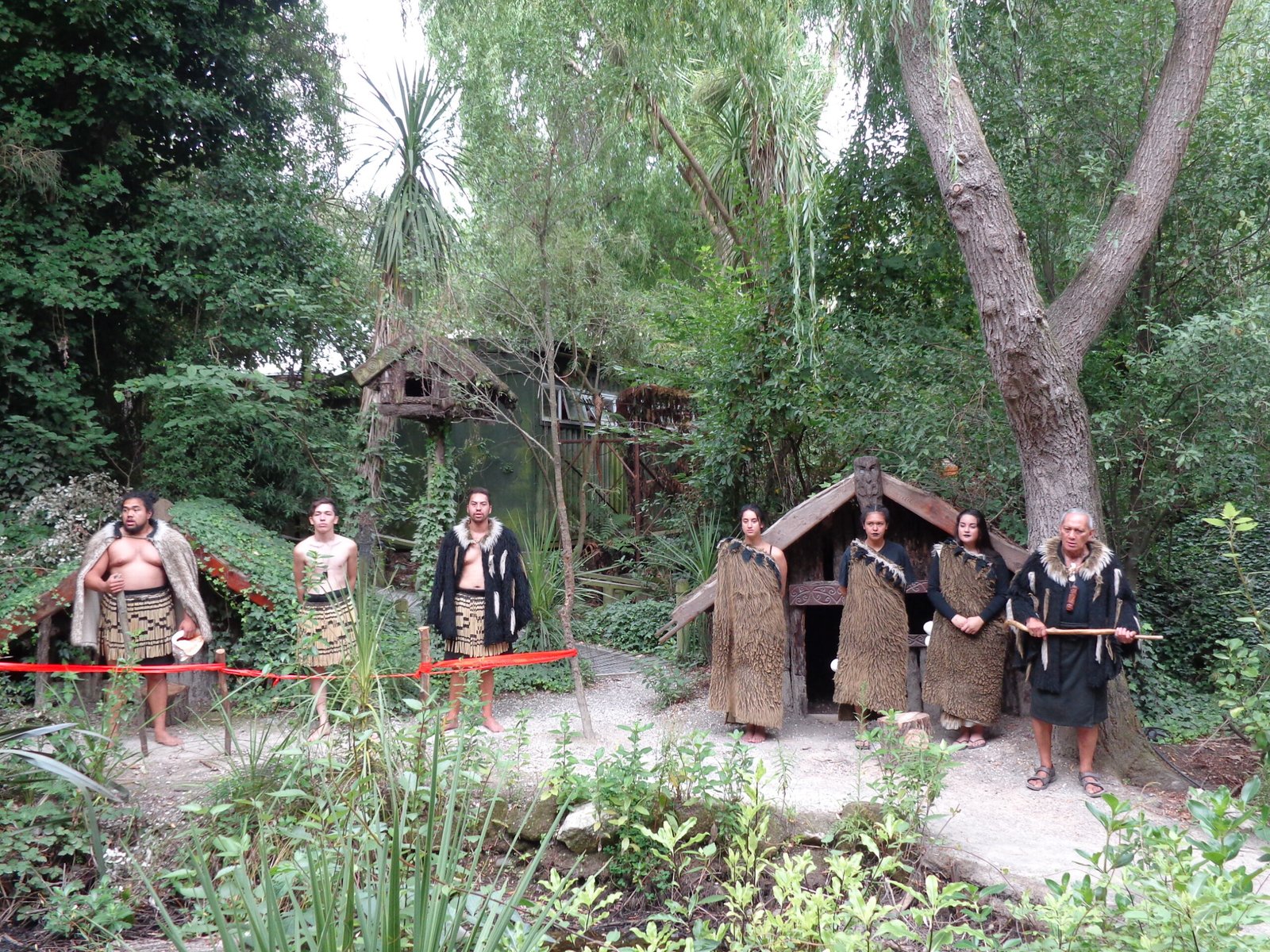
When humans unknowingly cross scent-marked trails—on foot or in vehicles—they can confuse or erase the messages big cats rely on. This disruption may lead to territorial stress or increased conflict between animals. Responsible tourism means staying on designated paths and maintaining respectful distances, allowing wildlife to communicate and coexist without interference.
The Scent of Safety

A well-marked territory is more than just real estate—it’s peace of mind. When scent boundaries are strong and respected, big cats can focus on what matters: hunting, resting, and raising young. It’s a silent agreement that reduces conflict and stress, proving that scent isn’t just communication—it’s the foundation of safety and survival.
Sibling Rivalry and Scent Play

Even as playful cubs, young big cats begin mimicking the scent-marking behaviors of adults—rubbing, scratching, and even mock spraying. These early experiments help them learn the invisible rules of territory and communication. It’s practice for the real world, where scent will one day be their most powerful tool for survival and self-expression.
Urban Edges: Scent in Human Shadows

As cities expand, big cats adapt their ancient language to modern landscapes. Fences, footpaths, and roadside trees become new canvases for scent-marking, turning urban edges into contested territory. Though the setting has changed, the message is timeless: “I’m here. This space is mine.” It’s a primal ritual, repurposed for a rapidly shifting world.
Fascination for Feline Fans

The next time you see a big cat pause to rub a tree or spray a surface, know you’re witnessing more than instinct—you’re seeing a language spoken in scent and motion, refined over millennia. Each subtle gesture is a message: of presence, power, or connection. It’s the wild, wordless poetry that binds these majestic creatures to their world—and to each other.
Enduring Mysteries of the Wild

Though scientists have uncovered much about scent marking, countless secrets still cling to tree trunks and wind-blown grasses. What nuanced messages lie in the layering of scents? How much emotion, memory, or intent is silently passed from paw to path? These mysteries linger in the shadows—written in scent, waiting for those fluent in the language of the wild.

Suhail Ahmed is a passionate digital professional and nature enthusiast with over 8 years of experience in content strategy, SEO, web development, and digital operations. Alongside his freelance journey, Suhail actively contributes to nature and wildlife platforms like Feline Fam, where he channels his curiosity for the Feline into engaging, educational storytelling.
With a strong background in managing digital ecosystems — from ecommerce stores and WordPress websites to social media and automation — Suhail merges technical precision with creative insight. His content reflects a rare balance: SEO-friendly yet deeply human, data-informed yet emotionally resonant.
Driven by a love for discovery and storytelling, Suhail believes in using digital platforms to amplify causes that matter — especially those protecting Earth’s biodiversity and inspiring sustainable living. Whether he’s managing online projects or crafting wildlife content, his goal remains the same: to inform, inspire, and leave a positive digital footprint.






